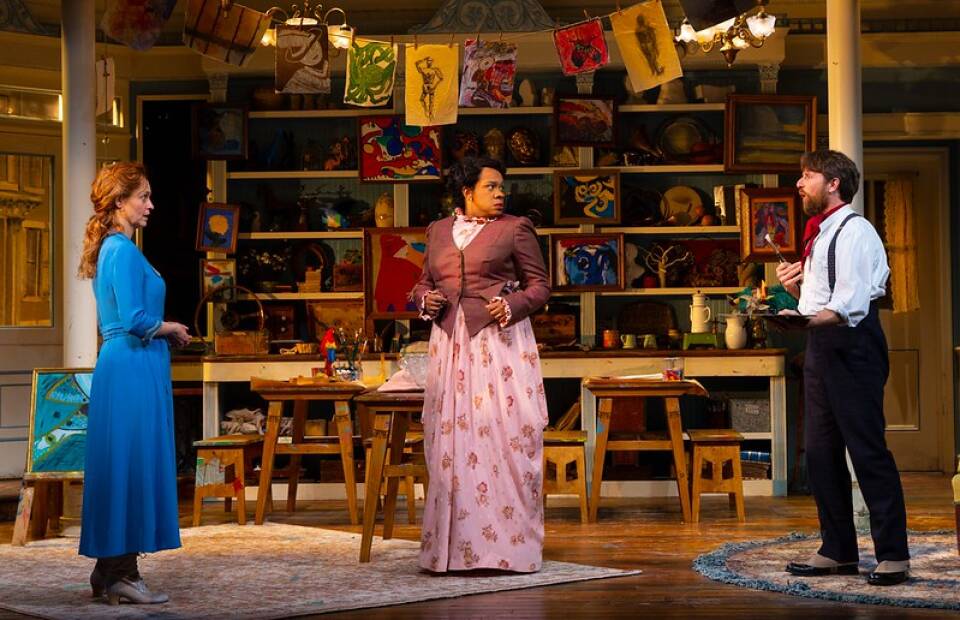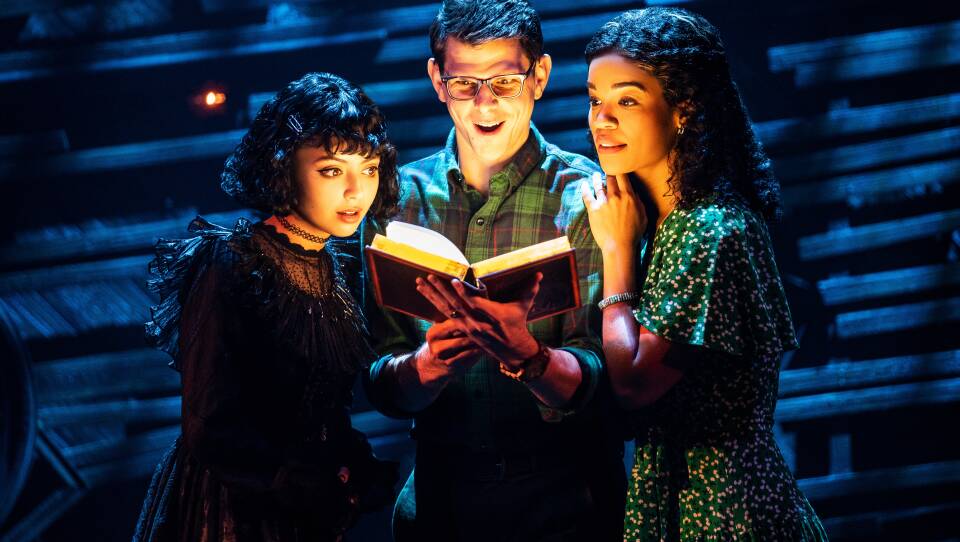GBH Executive Arts Editor Jared Bowen returns with his roundup of everything arts and culture in and around Boston. This week, find out more about four of the latest productions taking the stage on Boston’s theater scene.
"Beetlejuice"
Now playing at Citizens Bank Opera House through May 14
Based on the classic 1988 film of the same name, this musical follows the story of “a very morose young woman” who’s “mourning the loss of her mother” and befriends a series of ghosts as well as demon Beetlejuice.
This adaptation brings the titular demon to the forefront of the story to become more “profane and politically incorrect” than his film counterpart (famously portrayed by Michael Keaton); Bowen says the change makes sense, as “you expect your demons to be kind of profane,” resulting in a hilarious production of a well-loved story.
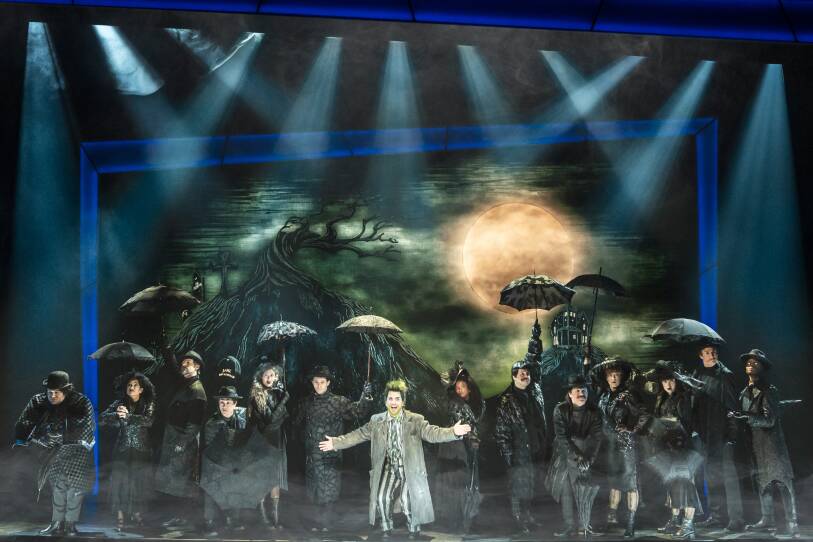
"Angels in America: A Gay Fantasia on National Themes"
Now playing at the Central Square Theater through May 28
This play is an undertaking, known for its two acts which each span four hours. While this production at Central Square Theater is only part one, Bowen says it powerfully maintains the story of Tony Kushner’s Pulitzer-prize winning response to the AIDS crisis.
The titular fantasia comes in through the visitation by angels and ghosts throughout the piece, which otherwise follows the story of married couple Joe and Harper. Joe has not yet come to terms with his own homosexuality, while Harper battles addiction at home. Also featured are couple Prior and Louis, the former of whom contracts HIV while the latter struggles with his fidelity.
Many audiences will be familiar with the HBO film adaptation of “Angels in America” that featured such stars as Meryl Streep and Al Pacino. Others will know the play for its “gigantic” nature, which is brought to scale at the Central Square Theater by director Eric Tucker. The result, Bowen says, is that “you feel these characters, you feel their existential dread, you feel this disease weighing in on them.” Manipulating stage design, props, and lighting, Tucker creates an opportunity “to understand and appreciate Tony Kushner’s brilliant language.”
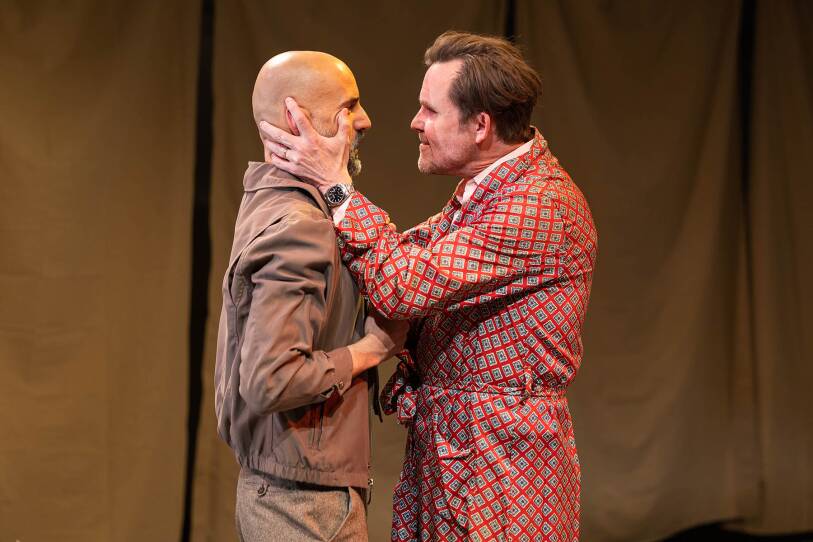
"The Prom"
Now playing at the Speakeasy Stage Company through June 10
Set in Edgewater, Indiana, “The Prom” tells a too-familiar story of teenager Emma who becomes the center of controversy when she attempts to bring her girlfriend to prom. A group of actors hear the story and, looking to revive their careers after a series of bad reviews, “crash into this high school and make it their own.”
Originally a 2018 Broadway musical that became a 2020 Netflix movie, the plot is based loosely on an “amalgamation” of similar news stories of queer teens being unable to bring their partners to prom, and is once again relevant. This production also features local talent, including a number of alumni from Berklee College of Music and the New England Conservatory.
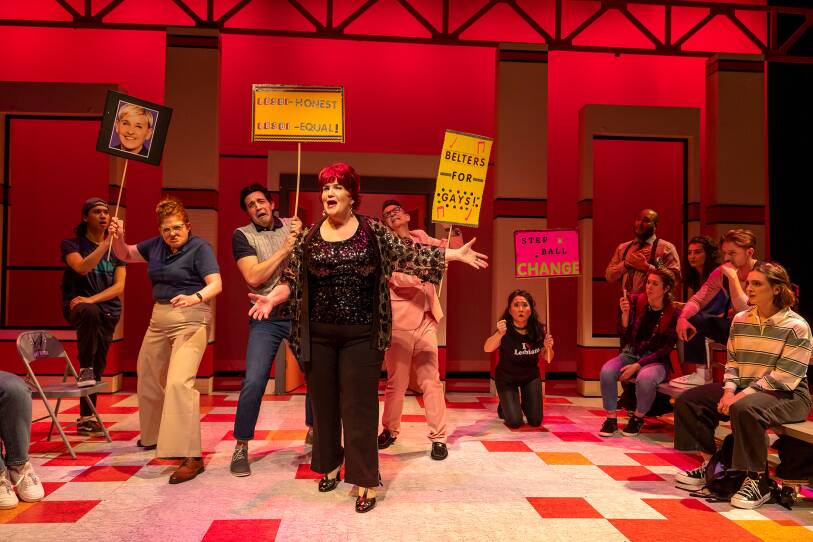
"Joy and Pandemic"
Now playing at the Huntington through May 21
The concept for this play came to writer Taylor Mac before the onset of the COVID-19 pandemic, but the final product speaks to the experiences of the modern moment.
In the first act, audiences find themselves “in the last major influenza pandemic that spread across the globe,” where the titular Joy is a devout Christian Scientist running an art school and attempting to help people avoid fear through art. Her relationship to her husband, who can more freely move through the world as a man, comes through, as well as discussions surrounding racism as an art student’s Black mother comes to the forefront.
After the intermission, the same societal issues continue to arise, this time set in the 1950s during the polio epidemic. The characters from the previous act are now parents to this act’s protagonists, and so the story carries onwards.
While Bowen laments that the play attempts to cover a lot of themes that aren't always effectively communicated through the characters, “Joy and Pandemic” ultimately “give[s] you so much to think about.”
